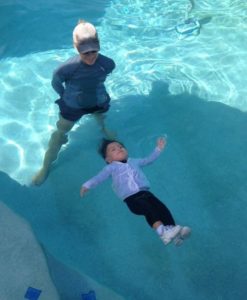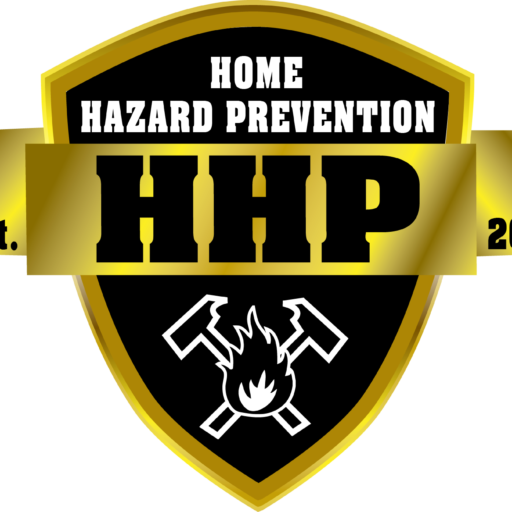🚨 Water Safety is Everyone’s Job! 🌊
As firefighters, we hear it all too often—another drowning or near-drowning incident in Metro Phoenix. Sadly, these tragedies happen at family gatherings or pool parties, where experienced swimmers and adults are nearby, yet a child can slip under the water unnoticed. Why does this happen? Because drowning is silent—it’s not the dramatic scene we often see in movies.
Water safety is simple, but prevention is key. Let’s be proactive and educate ourselves to prevent these tragedies from happening!
💡 Water Safety Rules You Should Follow:
🔒 Pool Barriers: All pools should have a minimum 4-foot high fence with a self-closing and self-latching gate.
🛟 Safety Gear: Always have a flotation device (life jackets or rings) and a sturdy pole long enough to reach the deepest part of the pool.
👀 Supervision: At least one competent adult should be present and supervising at all times.
📞 Emergency Preparedness: Keep a phone near the pool with emergency numbers, and always check the pool first if a child goes missing!
🌀 The 4 Stages of Drowning – Know What to Look For:
Stage 1: A child falls in, struggles to stay above water, and eventually becomes exhausted.
Stage 2: The child sinks as their body tries to breathe in, causing them to lose consciousness.
Stage 3: With oxygen deprivation, cardiac arrest can occur.
Stage 4: If pulled from the water, CPR is essential to restart their breathing response.
⚠️ Arizona Pool Safety Regulations:
The Arizona State Residential Pool Requirements mandate safety measures like barriers and self-latching gates to prevent accidents. But local requirements may vary, so make sure to check with your local authorities to ensure full compliance.
📝 Simple Water Safety Tips:
-
Stay close, stay alert. Never leave children unattended near water!
-
Practice CPR and water rescue techniques. It’s vital for everyone’s safety!
-
Use safety equipment: life jackets, poles, drain covers, and a phone by the pool.
Water safety shouldn’t be complicated—it’s about being proactive, watching over your loved ones, and being prepared. Let’s work together to make every home a water-safe home! 💦
📞 Take Action Now!
🔑 Keep your family safe with water safety training and consultation from Home Hazard Prevention (HHP). Contact us today to schedule your safety session and learn more about water safety.
📲 Call now at (480) 448-0266 or contact us here to book your appointment!
#WaterSafety #DrowningPrevention #CPRTraining #PhoenixSafety #ChildSafety #FamilyProtection #HomeHazardPrevention


Leave a Reply